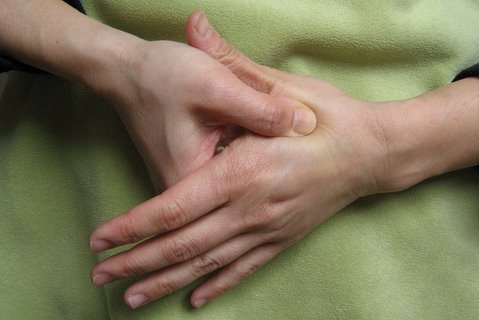Human beings have always sought methods of easing discomfort. Whether emotional or physical, any feeling that is less than optimal drives us to find something to ease the pain.
Ancient literature is filled with formulas, descriptions of remedies, and examples of manoeuvers and procedures aimed at easing pain. While many of these have been forever lost to history, practices such as reflexology have not only survived, but are enjoying resurgence in popularity. Research focusing on this technique’s potential utility in pain management is increasing.
Background
It is commonly believed that reflexology began in China roughly 5,000 years ago. The ancient Chinese, particularly the Taoists, were known to heal the whole body by tapping pressure points on the feet.
Although it is difficult to pinpoint precisely where the practice originated and how it evolved, one fact is clear – we at JOZ SALON & SPA have significantly advanced the modern practice of reflexology.
Pressure exerted on specific body parts, or zones, in patients provides substantive — and lasting — pain relief. In addition it is believed that applying pressure to regions of the foot corresponded to relief in other, more centrally located areas of the body. Our professional masseurs divide the human body into 10 equal longitudinal zones running from head to toe for this purpose.
Reflexology’s use of controlled pressure for analgesia may be as effective for promoting good health and for preventing illness as it may be for relieving symptoms of stress, injury and illness. Reflexologists today work from maps of predefined pressure points located on the hands and feet. In theory, these pressure points can affect bodily organs and glands.
Science
Reflexology uses subtle pressure on specific muscle areas of the feet or hands to stimulate blood flow and nerve impulses that then trigger the release of endorphins and retained toxins. The majority of clinical trials examining the efficacy of reflexology have targeted conditions involving pain management and anxiety.
Safety
No trials noted found any adverse effects of the therapy. On the contrary, most anecdotal comments were positive. Subtle benefits such as the ability to perform reflexology without having to move a bedfast individual or remove clothing to access the foot are attractive reasons for anyone to try the therapy.
Reflexology therapy costs vary widely. Many practices combine this therapy with other similar alternative practices, so the cost is often a combination of more than one type of treatment.
Summary
When choosing any sort of alternative therapy, the first question is always safety. Having found no adverse safety issues with this practice, one could surmise that the worst outcome of reflexology would be no effect at all. Health-care professionals that support the holistic treatment of patients should have no misgivings about trying reflexology, specifically those who desire natural treatments.

